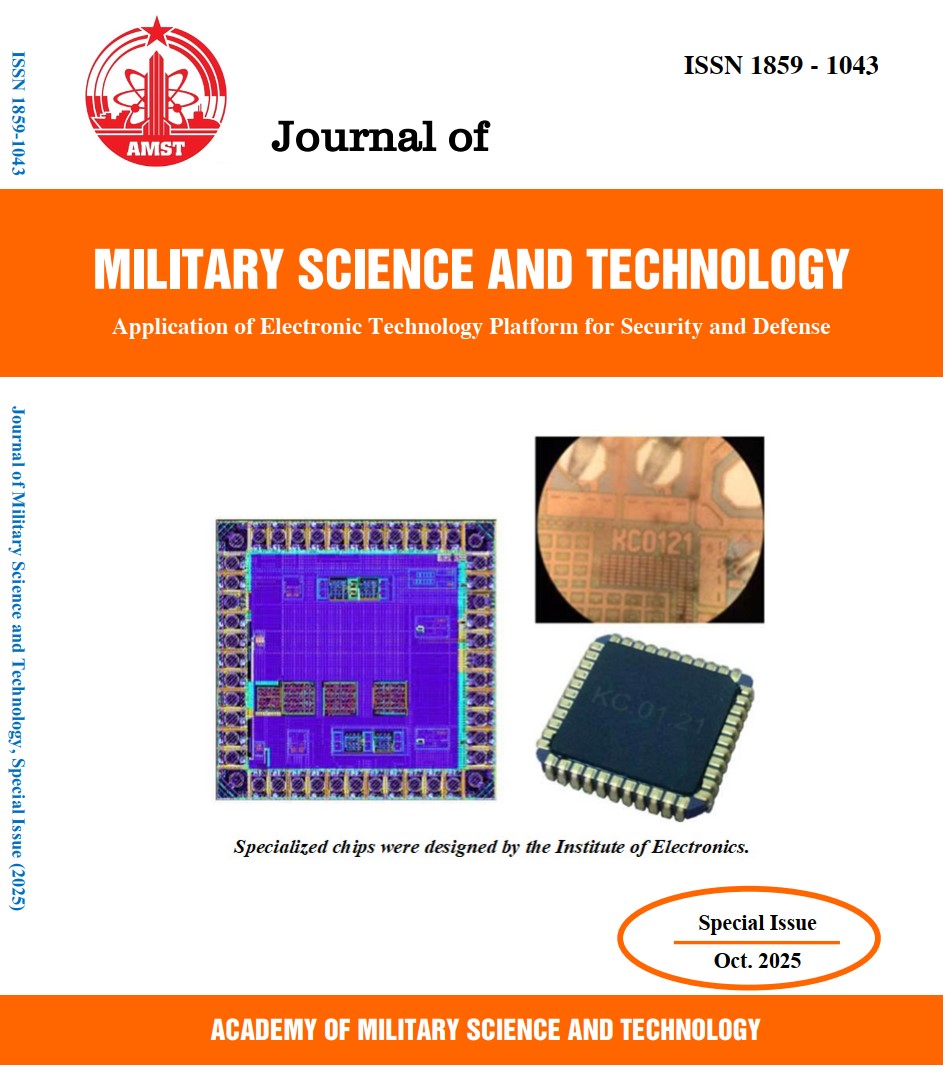A variational quantum eigensolver (VQE) algorithm for optimal target selection in two-dimensional space
159 viewsDOI:
https://doi.org/10.54939/1859-1043.j.mst.IITE.2025.12-18Keywords:
Quantum optimization; Target selection; Hybrid quantum-classical algorithm; NISQ.Abstract
This paper applies the variational quantum eigensolver (VQE) algorithm to solve the problem of optimal target selection in two-dimensional space. Specifically, we consider a system comprising multiple moving targets, each traveling in a straight line at a different constant speed and heading towards a fixed object A. The objective of the problem is to find the target with the minimum time of approach to the fixed object A. Although this problem can be solved efficiently by classical methods, the quantum method is proposed here to demonstrate the potential of quantum computing in solving more complex versions of combinatorial optimization problems. We focus on an in-depth analysis of encoding the classical problem into a quantum problem, constructing the objective function H (Hamiltonian), and detailing the procedural steps of the VQE algorithm.
References
[1]. Peruzzo, A., et al., "A variational eigenvalue solver on a photonic quantum processor," Nature Communications, 5(1), 4213, (2014). DOI: https://doi.org/10.1038/ncomms5213
[2]. Jones, T., et al., "Extending the Variational Quantum Eigensolver," Quantum, 8, 1144, (2024).
[3]. McClean, J. R., et al., "The theory of variational hybrid quantum-classical algorithms," New Journal of Physics, 20(3), 033005, (2018).
[4]. Fedorov, A., et al. "A hybrid classical-quantum approach to quantum chemistry on a near-term quantum computer." arXiv preprint arXiv:1804.03719, (2018).
[5]. Powell, M. J. D., "A direct search optimization method that models the objective and constraint functions by linear interpolation," In advances in optimization and numerical analysis, pp. 51-67, (1994). DOI: https://doi.org/10.1007/978-94-015-8330-5_4
[6]. Qiskit Textbook. "Variational Quantum Eigensolver (VQE)”. IBM Quantum Platform.







